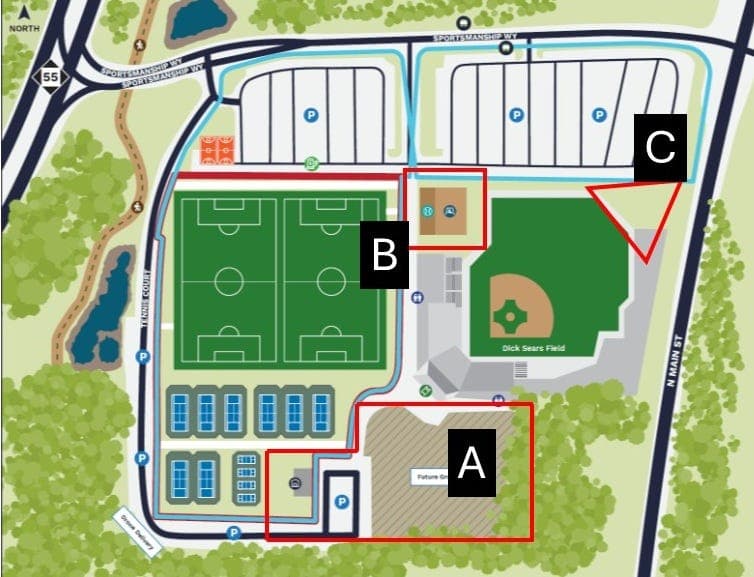Raleigh Publishes New Program Catalog, Aims to Clarify City Spending
On November 20, 2025 the City of Raleigh's Budget and Management Services department released the FY26 City of Raleigh Program Catalog, a new presentation of the adopted budget organized by program rather than only by department or fund. The catalog breaks down program level spending and staffing for everyday services, a step intended to improve transparency and help residents see how public dollars support parks, emergency response, community events and other services.

The City of Raleigh took a notable step toward clearer public budgeting when it released the FY26 Program Catalog on November 20, 2025. The catalog reorganizes the adopted budget by program, focusing on how residents experience services instead of presenting information only by department or fund. City officials framed the tool as a complement to the Adopted Budget that aims to make program level spending and staffing more understandable for the public.
The catalog provides detail on a range of everyday services, including parks, emergency response and community events. By translating departmental line items into the programs that residents interact with, the city intends to give Raleigh households, neighborhood associations and neighborhood advocates a more intuitive view of where municipal resources are directed. The release explicitly invites residents to review the catalog and use it as a resource to see how city services are funded.
City staff cautioned that program costs include shared overhead, and that the Program Catalog is designed to complement rather than replace the Adopted Budget. That caveat is important for civic groups, journalists and policymakers who may be comparing costs across programs or evaluating service efficiency. Shared administrative costs can complicate direct comparisons, and the catalog does not change the formal budget adopted by the City Council.
For Wake County residents, the catalog could influence conversations about local services and taxation. With clearer program information, residents can better assess investments in parks maintenance, emergency response capacity and public events that contribute to neighborhood quality of life. Community leaders and service providers may use the new structure to prioritize requests during budget season or to explain funding needs at neighborhood meetings.
The initiative also aligns Raleigh with broader trends in municipal budgeting that prioritize transparency and outcome oriented presentation of services. Presenting budget information in the language of programs rather than accounting silos can improve civic engagement and make it easier for diverse communities to evaluate municipal decisions. For a region with growing population and diversified needs, accessible budget information can also help reconcile competing priorities and support informed public debate.
The city has positioned the FY26 Program Catalog as a practical tool for residents who want to understand how public dollars support particular city services. As residents and local organizations review the new material, attention will turn to how effectively the catalog informs public discussion and whether it prompts changes in budget scrutiny or requests for additional detail from city leaders.


